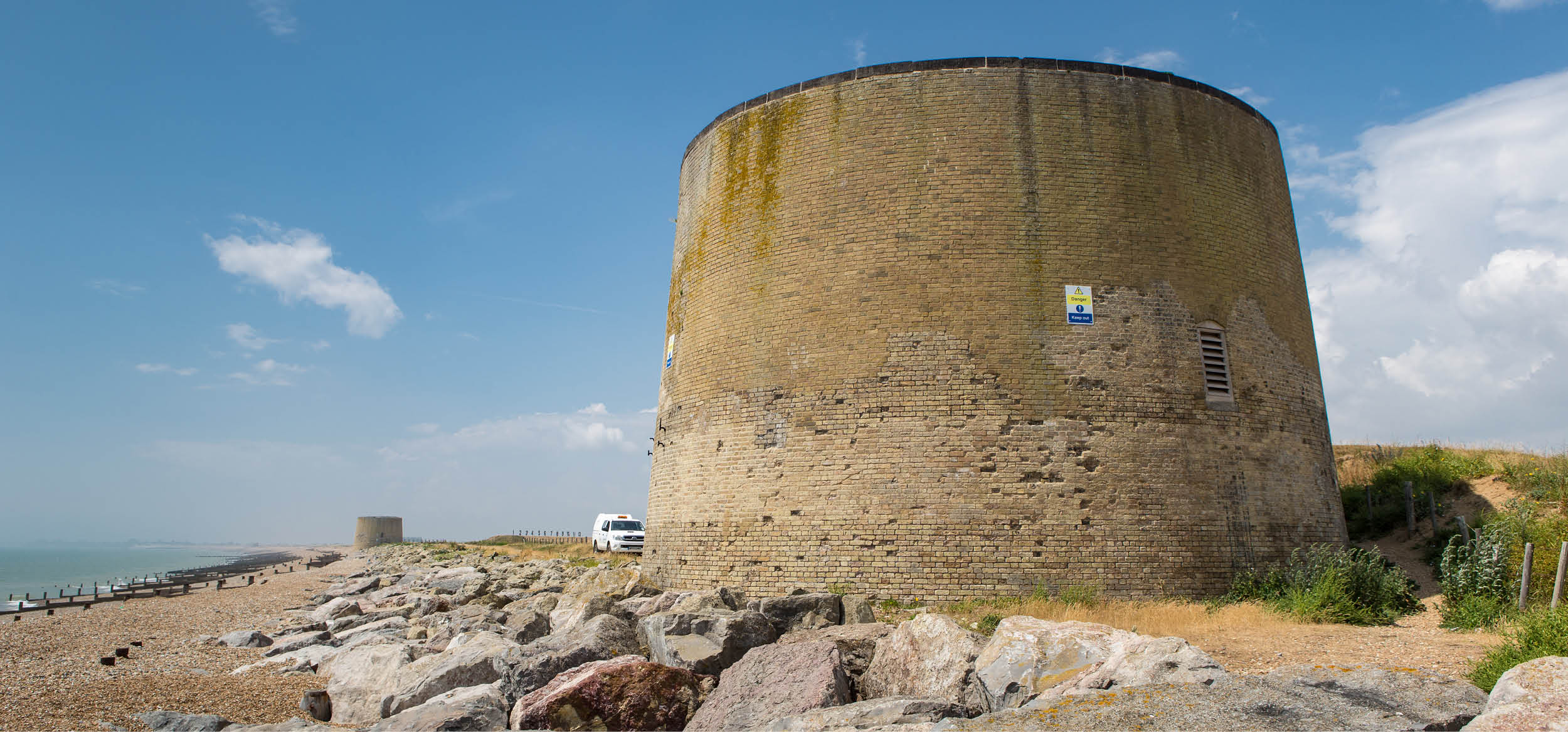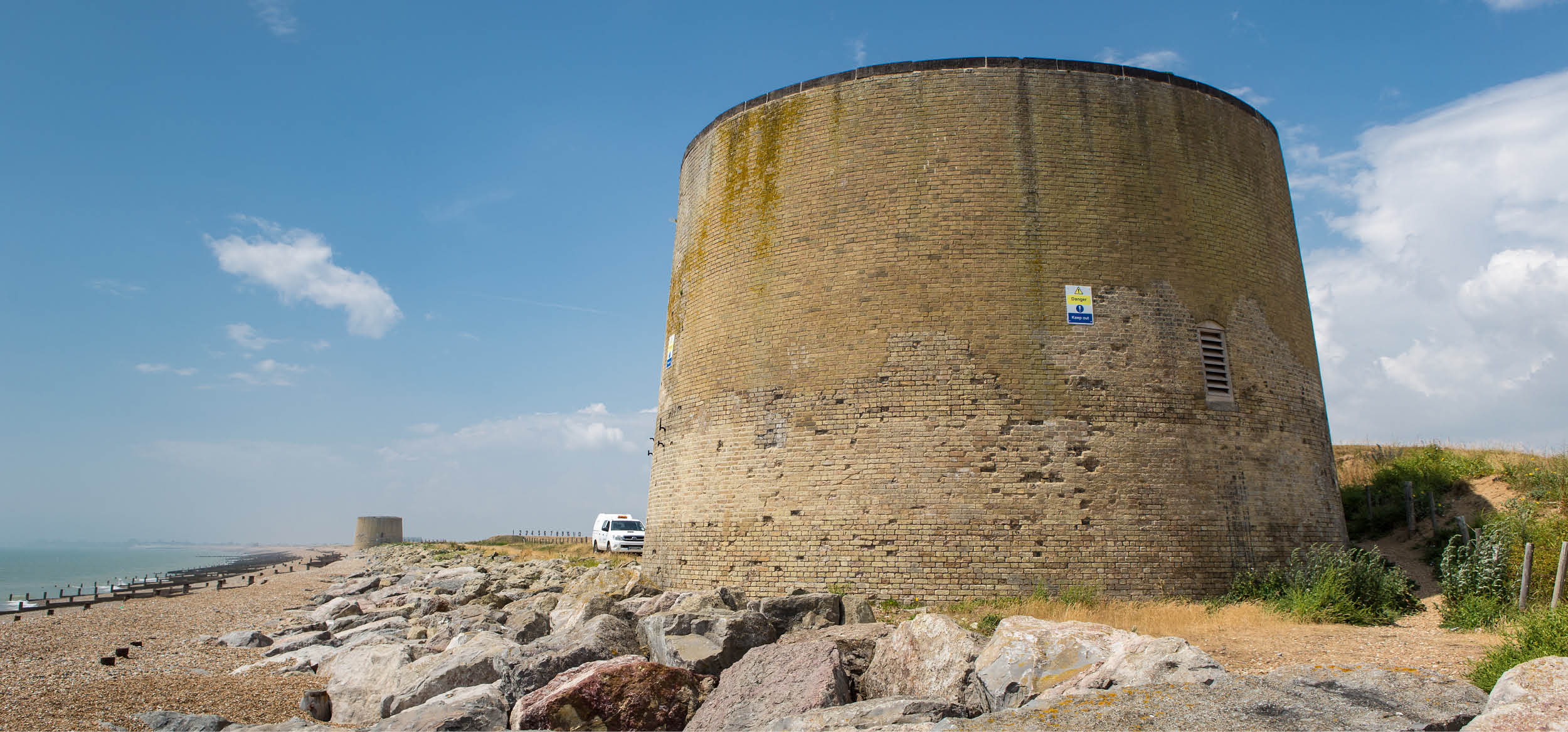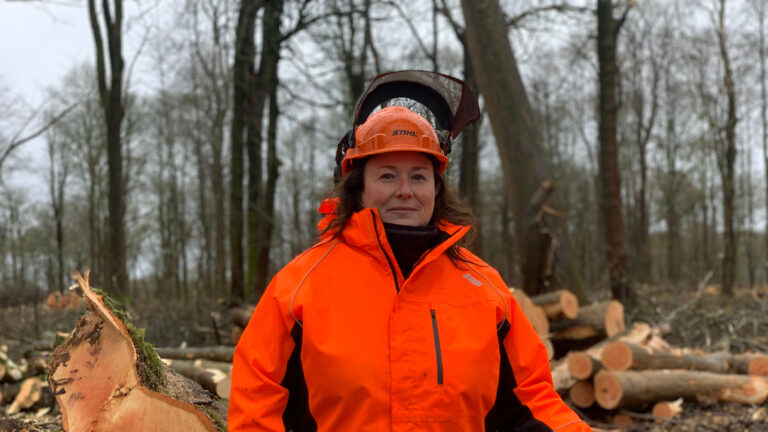To celebrate the Festival of British Archaeology, which runs from 17 July to the 1 August, Duncan Glen, Rural Estate Delivery Manager, looks back into the distant and more recent past of the Defence Training Estate to see what its historic environment can tell us and to give us an overview of how this nationally important resource is being protected and enhanced.

“We are all aware of just what a special place the Defence Training Estate is and we often focus our attention on the natural environment of rare habitats and protected wildlife species but there is much more to the environment than flora and fauna.
“Every part of the British Isles has felt the influence of our ancestors and the way in which they interacted with their environment still resonates today. These layers of history and traces of past lives can be found right underneath our feet and in the buildings around us and each one has a story to tell.
“Long term military ownership of land has long been recognised as having protected valuable landscapes and habitats from the worst excesses of damaging land use including deep drainage, conversion to arable land and blanket afforestation. It is perhaps less well known that these same restrictions on how military land is used has helped to preserve unique historic landscapes that can tell us much about both ourselves and our ancestors.
“There are 811 legally protected Scheduled Monuments and 87 Listed Buildings managed by Landmarc on the Defence Training Estate and these range from the burial sites of our earliest ancestors through to more modern military archaeology represented by the incredibly poignant First World War era practice trenches dug as training exercises by soldiers prior to their departure for the hell of the Western Front.
“Salisbury Plain is rightly seen as the jewel in the crown in terms of archaeology, particularly from the prehistoric era, and military ownership has protected hundreds of burial mounds known as barrows or tumuli that share the same wider landscape as world famous sites such as Stonehenge and Avebury.
“Elsewhere, mysterious ‘cup and ring’ rock carvings can be found on the bleak moors of Catterick and Feldom perhaps recalling some long-forgotten religious rites whilst on Dartmoor the remains of farmsteads and field systems still recall the agricultural systems that flourished there before natural climate change drove them into dereliction.
“The Romans are also well represented and it is fascinating to note that the legions were training at Otterburn by erecting huge marching camps on either side of Dere Street two thousand years before their modern equivalents honed their military skills in the same landscape albeit with much different weaponry.
“Fast-forward a few centuries and our collective history is well represented by some very special structures now legally protected by Listed Building status.
“As befits a military nation such as Britain, many of these have a martial theme including the squat, drum-like shapes of Martello Towers built to defend the south coast at Hythe from attack by Napoleon Bonaparte’s France. Just along the Channel coast sits Dymchurch Redoubt which was built as part of the same system and was re-purposed in 1940 with 6” gun emplacements on the roof as part of the rush to defend this island against another possible invasion by Hitler’s Germany.
“Not all of the historic buildings on the estate recall such violent times. Across Salisbury Plain, there are numerous examples of traditional thatched, cob wall cottages and farmhouses which remind us of generations of rural village life whilst elsewhere there are war memorials, remote chapels and even derelict factory buildings all of which tell us something about our past.
“Landmarc is in the fortunate position of having the responsibility of managing these sites in close collaboration with our historic environment specialist colleagues in DIO. Detailed professional inspections are carried out on Listed Buildings every four years and on Scheduled Monuments every five years, the latter being supplemented with annual inspections by Landmarc personnel to ensure that any defects are dealt with swiftly to prevent any further degradation.
“The results of these inspections are captured in the Integrated Rural Management Plans and translated into core maintenance works or as bids for additional works delivered through either the Conservation Stewardship Fund or the Command Infrastructure Delivery Plan (CIDP).
“The works to protect and enhance these vital reminders of our history can range from simple fencing and signage works to exclude vehicles and the clearance of damaging scrub to more technical projects including the exclusion of badgers and the re-pointing of walls with traditional lime mortar to the conservation and rebuilding of part of a sixteenth century barn.
“These projects are not just business as usual for Landmarc and the staff who deliver them. They are schemes which stretch capabilities and inspire our people and, above all, give us a sense of being an integral part of the long history of both the Defence Training Estate and the wider historic landscape we are all privileged to live and work in.”




